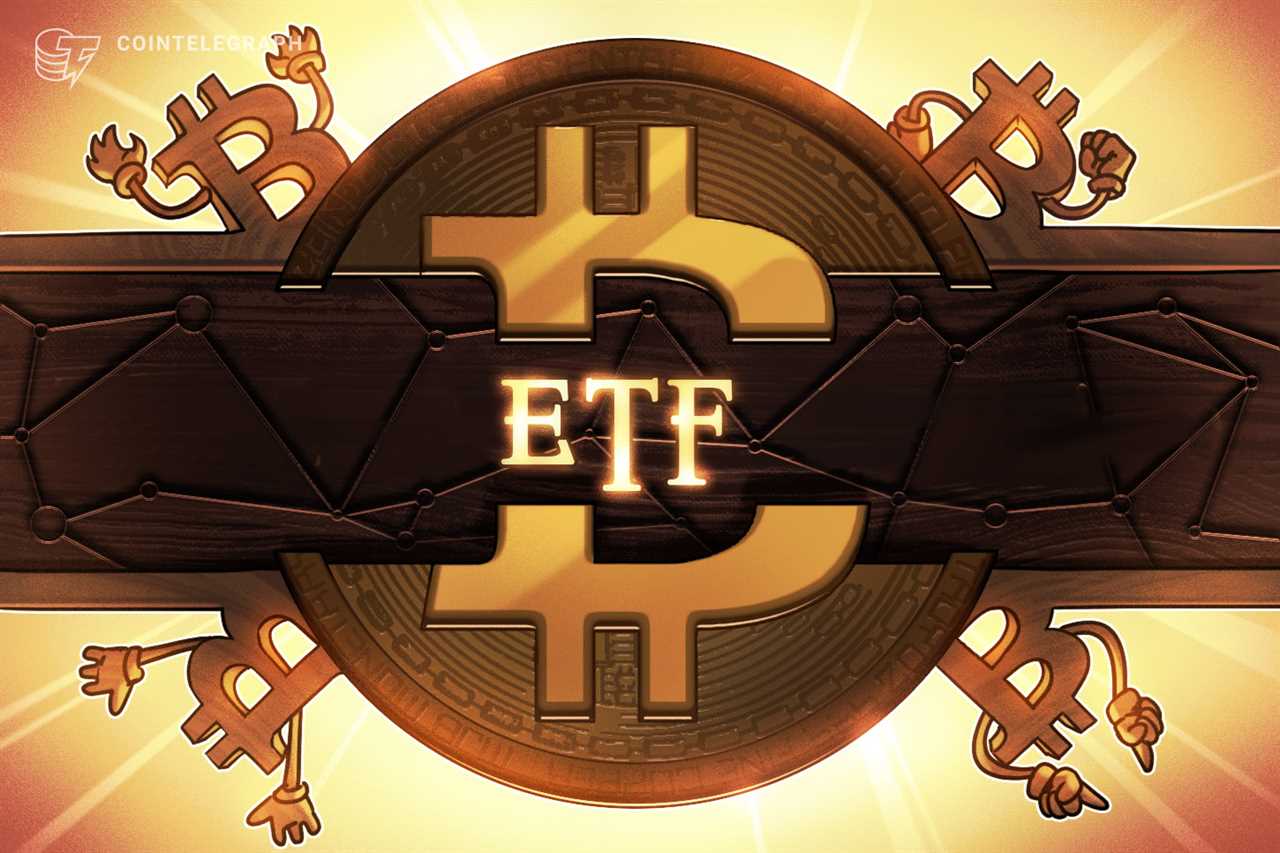
Introduction
Investors are eagerly awaiting the potential approval of a spot bitcoin exchange-traded fund (ETF) by the United States Securities and Exchange Commission (SEC). However, concerns about market manipulation in the unregulated spot markets have raised questions about the effectiveness of these ETFs.
The SEC's Objection
The SEC's objection to ETFs is primarily due to the fact that Bitcoin is traded in unregulated venues worldwide, making it challenging to prevent fraud and manipulation. To address this issue, the SEC has considered surveillance-sharing agreements (SSAs) with some cryptocurrency exchanges. Critics, however, argue that these agreements may not cover the entire market.
The Role of Futures Markets
To be considered a "regulated market of significant size," the SEC has established that futures should lead the spot in price formation. In other words, information from the futures market takes precedence over the spot market in the price discovery process. However, even if price discovery is led by futures, there are still instances where manipulation in the spot markets can spread to the ETF.
The Details Matter
The net asset value (NAV) calculation and the creations and redemptions method play a crucial role in determining whether an ETF is vulnerable to manipulation. In scenarios where a manipulator drives the underlying commodity price down in unregulated spot markets, the method of creations and redemptions (in-cash or in-kind) can impact the potential for manipulation.
In-Kind Creations and Redemptions
When creations and redemptions are in-kind, an arbitrage opportunity arises. The arbitrageur can exploit the price difference between the spot commodity and the ETF by buying the underpriced spot commodity, selling the equivalent amount of the ETF, and using the bought commodity to create new ETF units. However, this trade is profitable only until there is substantial convergence between the spot commodity price and the ETF price.
In-Cash Creations and Redemptions
When creations and redemptions are in cash and the NAV is calculated using commodity prices from unregulated spot markets, a similar arbitrage opportunity exists. The arbitrageur buys the underpriced spot commodity, sells the ETF, uses cash to create ETF units, and sells the commodity to replicate the pricing methodology used in the NAV calculation. However, this trade has worse capital efficiency and carries a small execution risk.
A Shield Against Manipulation
The use of spot prices derived from the futures curve for calculating NAV, coupled with in-cash creations and redemptions, appears to be the most promising alternative to shield ETFs from manipulation. In this setup, if an arbitrageur attempts to apply the same method as in the previous cases, there is no guarantee of selling the commodity at a price similar to that used in NAV calculation. This obstructs the pipes connecting the spot price and the ETF price, making it more resistant to manipulation.
The Importance of Attention to Detail
Academics and practitioners have found evidence supporting the dominance of CME Bitcoin Futures in Bitcoin's price discovery. A spot Bitcoin ETF with characteristics similar to futures contracts could be resistant to manipulation in unregulated spot markets. This development would be significant for both traditional markets and the crypto industry.
This article is for general information purposes and is not intended to be and should not be taken as legal or investment advice. The views, thoughts, and opinions expressed here are the author's alone and do not necessarily reflect or represent the views and opinions of Cointelegraph.






